Rochester area police killings: 13 people dead since Daniel Prude
A gust of bitter wind met a crowd of four dozen strangers in a vacant lot on Murray Street just after the new year. The crowd huddled closer, all gathered here with a common purpose: To mourn a man they didn't know, killed by Rochester police.
“I know it’s cold,” someone said over a speaker. “We’ll get started in a minute.”
Those who showed up on this blistery night had been through this before. They came prepared with bouquets of flowers and electric tea light candles. They held still for a somber moment of reflection and shook their heads in collective contempt at familiar descriptions of fatal encounters with police.
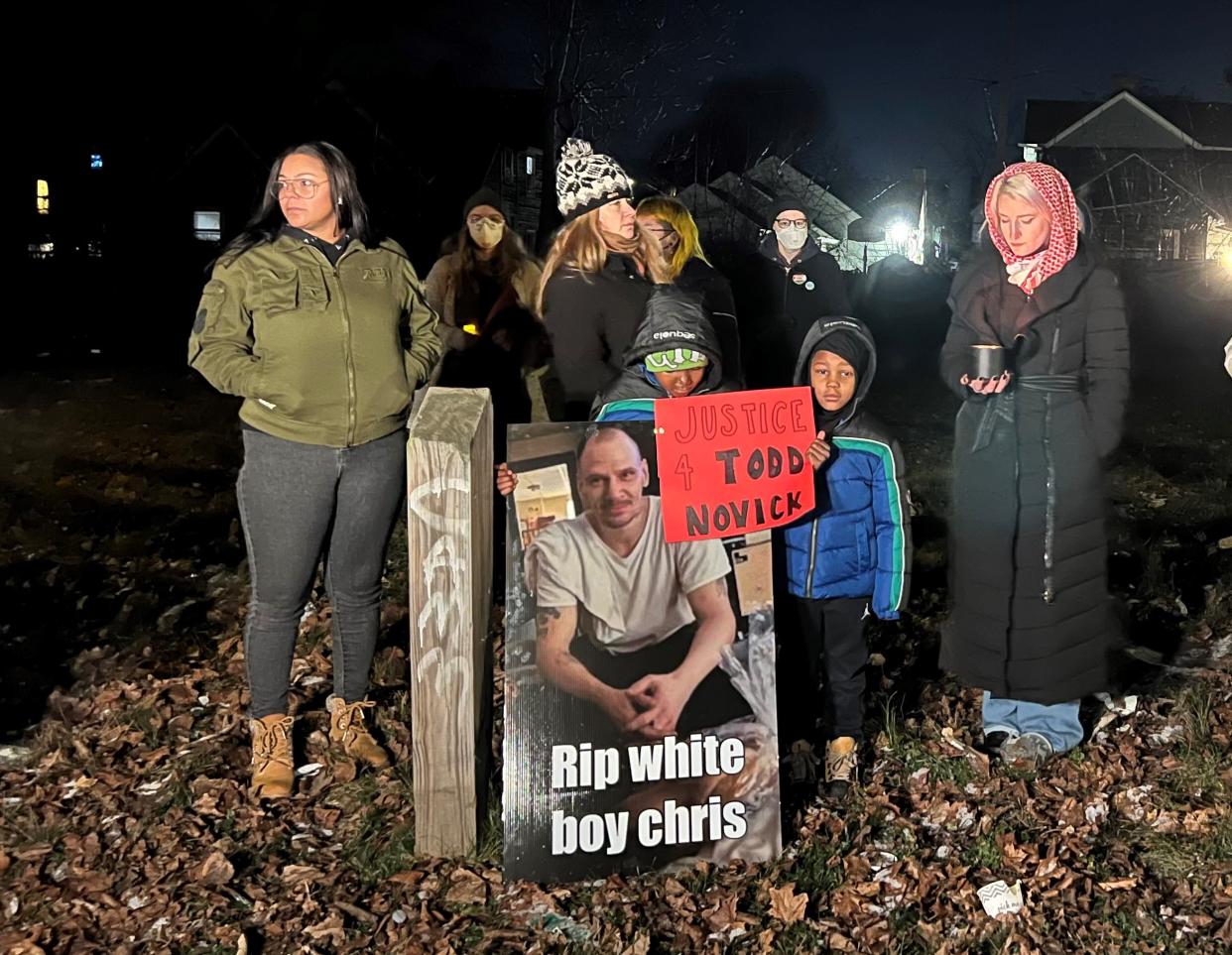
They had done this for Daniel Prude, whose death by Rochester police in March 2020 rattled the city’s core. The medical examiner ruled Prude's death to be a homicide. The state Attorney General's Office later cleared the Rochester police officers who restrained Prude of criminal wrongdoing.
This crowd that showed up to mourn has done this many times since Daniel Prude died. In the four years since, cops in the Greater Rochester area have killed 13 people.
In 2023, one-fifth of all the people fatally shot by police in the entire state of New York were killed by Rochester area forces.
Did Todd Novick ever really have a chance to live? they wondered out loud about the man who had brought them together that night.
A Rochester police officer fatally shot Novick on Christmas Eve morning.
“For those of us who was able to sit through the body-cam footage, we see at no point on Christmas Eve was Todd given a chance to live,” said Shay Herbert, an organizer with Free The People Roc. “… As soon as those words left his mouth, that officer shot his gun at least five times.
“Where was the chance to stop running? Where was the chance to drop the replica (gun) in his hands?”
How many people have been shot by police in Rochester?
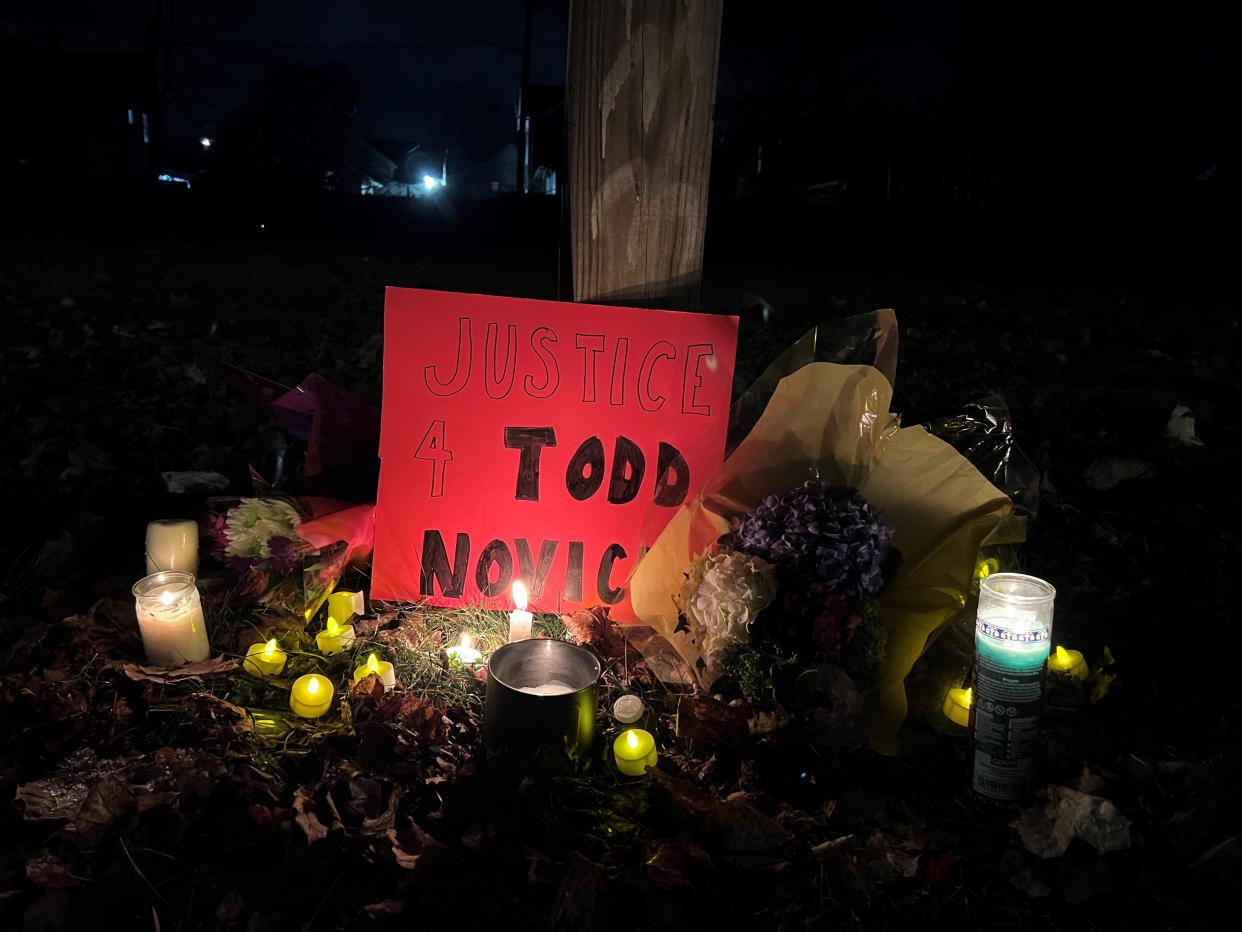
Conversations about the state of policing in Rochester spin like a broken record.
Law enforcement officials say that officers only fire their weapons as a last resort. They say they are committed to finding less lethal ways to get people to comply with their commands.
Community advocates gather time and time again to denounce policing tactics. They’ve asked, with little success yet, for city and county officials to pull funding from police agencies and reinvest it in resources that will help people find food, housing and meaningful jobs.
Cases like the Christmas Eve killing raise the type of questions from both sides that are rarely answered.
Why did Todd Novick run? Why did he pull a BB gun from his pocket, knowing an officer was close behind him?
Why did the officer shoot? What if they had tried something else?
The Monroe County Sheriff’s Office will soon replace its entire reserve of Tasers with a newer model that has twice the range, allowing them to deploy the device from a safer distance. After Canandaigua police shot two people last year ― one of whom died ― the department bought pepper ball launchers and a tactical shield to give officers more tools when someone is threatening them.
“Nobody wants to take a life,” said MCSO Chief Deputy Michael Fowler. “That changes the officer’s or deputy’s life also and I don’t think people quite understand that. We’re human too, and that’s not how we want that situation to end.”
More: Why carry a replica gun on the streets of Rochester? Fear, crime, legal loopholes involved
Fatal shootings involving police increase in Rochester region
New York police officers killed 25 people last year, shooting all but one person; five of those deaths were in the Greater Rochester area.
The total number is consistent with fatal police shootings statewide in recent years, but the local share is a “relatively drastic” increase, said Jason Silva, a professor at William Paterson University who studied fatal police shootings in New York from 2013 to 2020.
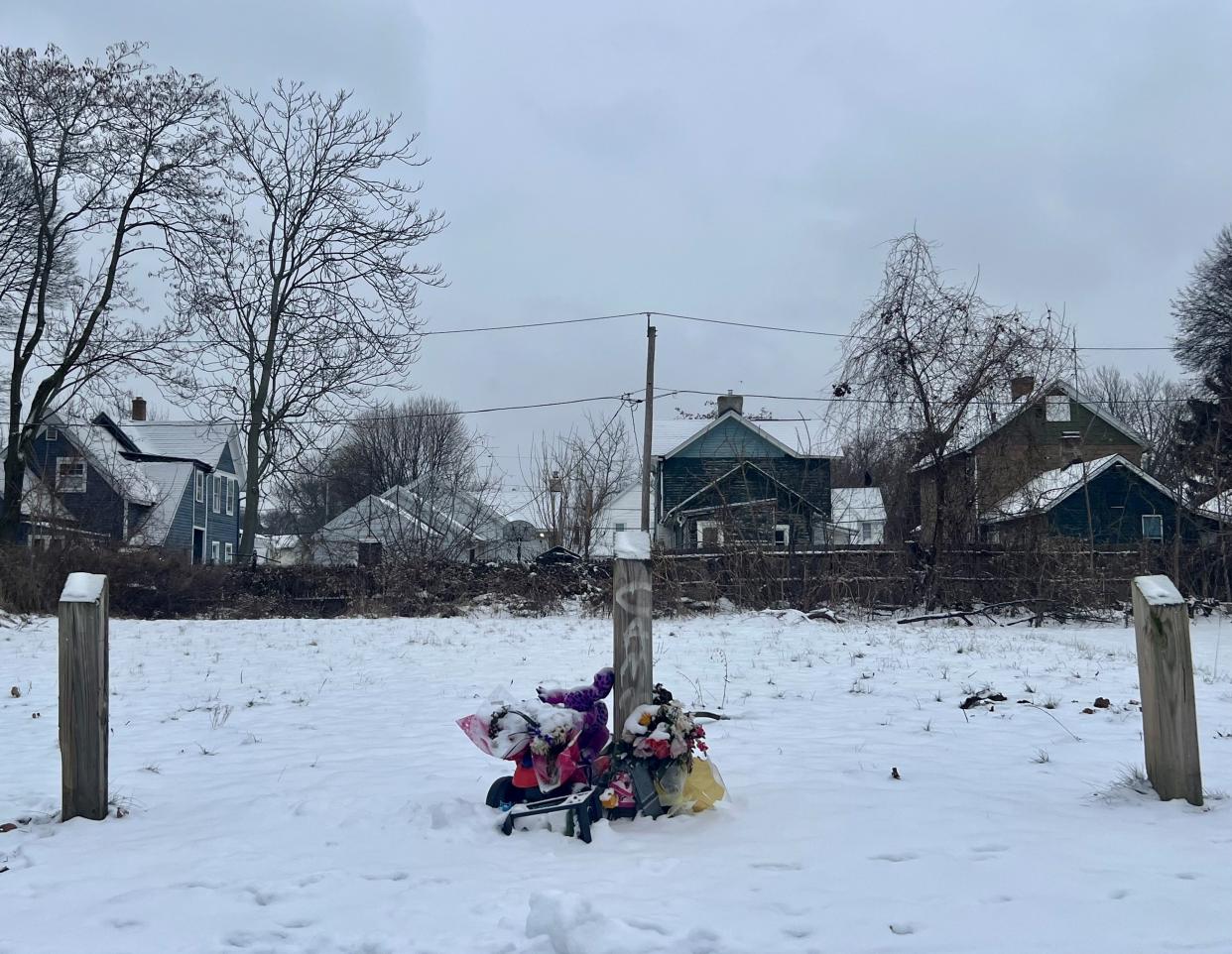
In that seven-year period he studied, the Finger Lakes region ― which extends beyond Greater Rochester ― had nine fatal police shootings total.
Silva said context is key in understanding the increase.
The other fatal encounters from last year include:
An unnamed minor in East Bloomfield, shot by a New York State Police trooper after he allegedly lunged at the trooper with a knife.
Daniel Legler in Gates, shot by a NYSP trooper after Legler allegedly fired one round from his gun during a struggle with the trooper.
Brendon Burns in Rochester, shot by Rochester police and Monroe County Sheriff’s deputies during a foot chase. Burns was first shot while running away after police believed he pulled a weapon from his pocket. He was shot again, this time fatally, after assembling a shotgun while surrounded by police.
Brandon Zurkan in Canandaigua, shot by Canandaigua police and Ontario County Sheriff’s deputies after pointing his gun at police during a nine-minute standoff.
In all four cases, the individual killed pointed a weapon at police ― introducing an “immediate threat … which inherently justified the use of force,” Silva said.
State law permits officers to use deadly force when their life is at risk.
What could police do besides shoot people during a crisis?
Silva said some fatal police shootings ― including cases where the individual has threatened officers with a weapon ― could be avoided if police intentionally keep distance and barriers between themselves and the individual and reach for non-lethal options, like a Taser, first.
A stop by a police officer cannot continue to lead to the death of community members in Rochester.
Todd Novick should still be alive.— NYCLU (@NYCLU) January 4, 2024
To Rochester Rev. Dwight Fowler, these cases present a troubling paradox.
He’s been working on local police reforms for nearly a decade with the United Christian Leadership Ministry. Whenever he hears that a person has been killed by police, Fowler said he is filled with skepticism and despair.
But he said he also understands that when the individual has a weapon, it puts the case into a different category.
“The law enforcement officer has a job to do,” he said.
I am devastated by the news that RPD shot and killed a community member on Christmas Eve. The killing of any member of our community, especially by law enforcement, is a failure of our city and public safety systems.
— Stanley Martin (@iknowstanley) December 26, 2023
City Councilmember Stanley Martin accepts fewer excuses for police shootings. She stood by as law enforcement agencies across the region committed to making changes after Prude’s death in 2020.
Then, Martin said, she watched police budgets rise, fueled by what she calls over-sensationalism of crime and a failure to address the root causes that could lift people from desperate acts.
Hearing that 20% of fatal police shootings statewide last year took place here left Martin angry.
“There’s no accountability and they’re essentially rewarded with higher budgets,” she said. “… The contradiction is just so shocking. It’s devastating.”
A police officer shot and killed someone. What happens next?
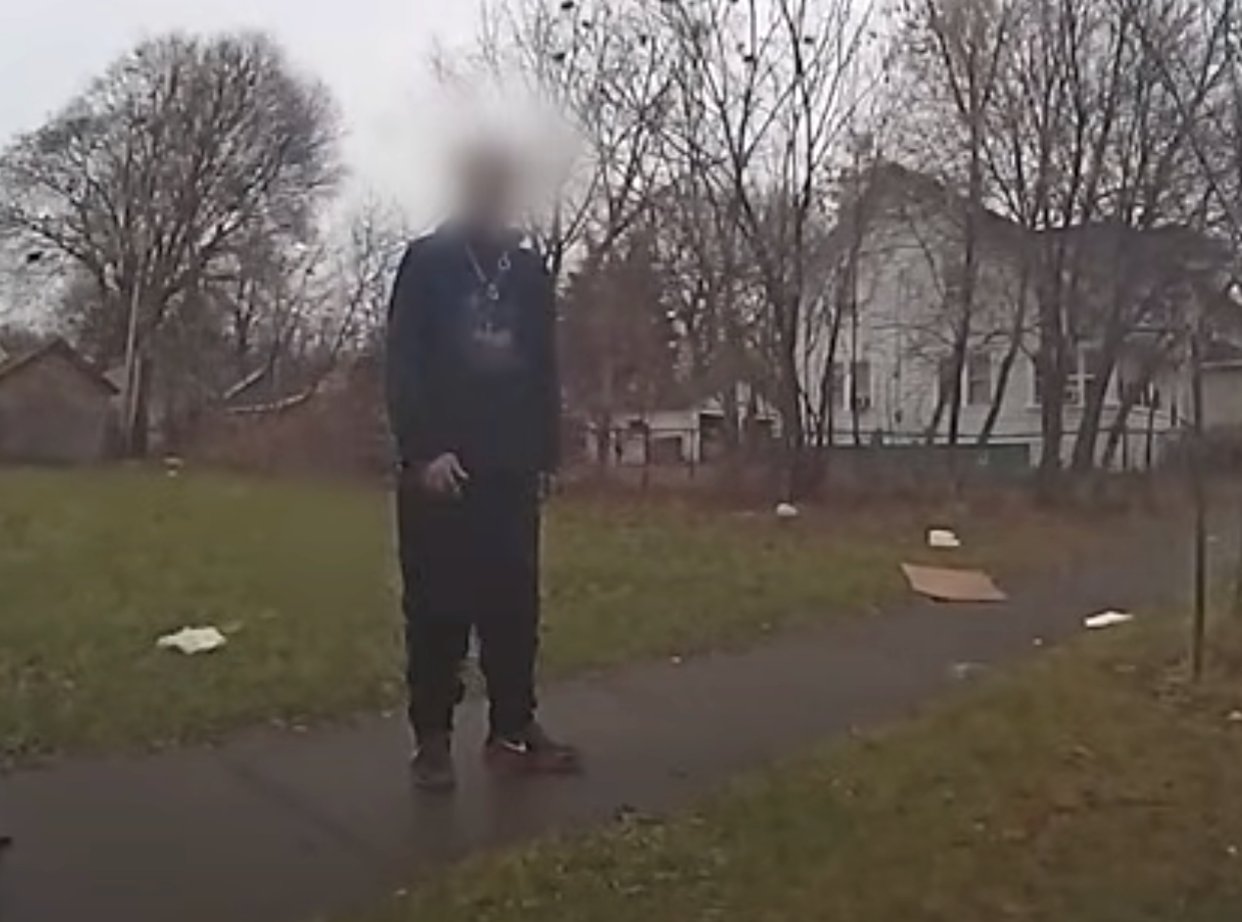
The state Attorney General’s Office is responsible for investigating every time a police officer is involved in a civilian’s death.
Those investigations can take up to a year to complete, and often include a review of body-worn camera and surveillance footage, interviews with police and witnesses, and an analysis of ballistics and other evidence collected at the scene.
There have been no criminal charges filed against police in any of the 13 local killings since 2020, though four cases are still under investigation.
Latest AG report: No charges for Rochester police, Monroe County deputies who killed Brendon Burns
Internally, police agencies say they conduct their own investigations to weed out potential misconduct and look for areas where training or policies need to be improved.
Canandaigua Police Chief Mathew Nielsen said he looks at these investigations as a learning opportunity, even in cases where the use of force was ruled as justified and within policy.
After an investigation into a non-fatal shooting last year found an officer’s Taser had failed during the confrontation, Nielsen sought funding for additional non-lethal tools like pepper ball guns and a tactical shield.
In the Zurkan case, Nielsen said the internal investigation confirmed for him the value in the department’s de-escalation training ― despite the fatal outcome.
Body-worn camera footage shows officers kept their distance from Zurkan and spent nearly nine minutes trying to convince him to drop his gun, offering help and at times using softer commands and calling him “pal” and “bud.”
“They were running through the Rolodex of things that they have been taught to do,” Nielsen said.
Ontario County Sheriff David Cirencione also pointed to the value in training, noting that while his deputies handle about 70,000 calls per year, the last time an OCSO deputy shot a civilian prior to Zurkan was 14 years ago.
About half of his patrol officers have gone through a specialized crisis intervention workshop hosted by the state Division of Criminal Justice Services and the Office of Mental Health. Cirencione said he sends additional deputies to the training each year and will continue to do so until all members have sat through the course.
Many of the changes implemented following these incidents aren't publicly shared with residents, which contributes to skepticism around whether police take internal investigations seriously. In many cases, it appears to the public that after a fatal shooting, police business goes on as usual.
A duty to remember those who were killed by police
Four years after he was killed by police, there are traces of Daniel Prude all around this city.
His eyes keep watch over Child Street, painted in a mural shortly after his death became public. An amphitheater in Martin Luther King Jr. Memorial Park, where people regularly gather in protest, now bears his name.
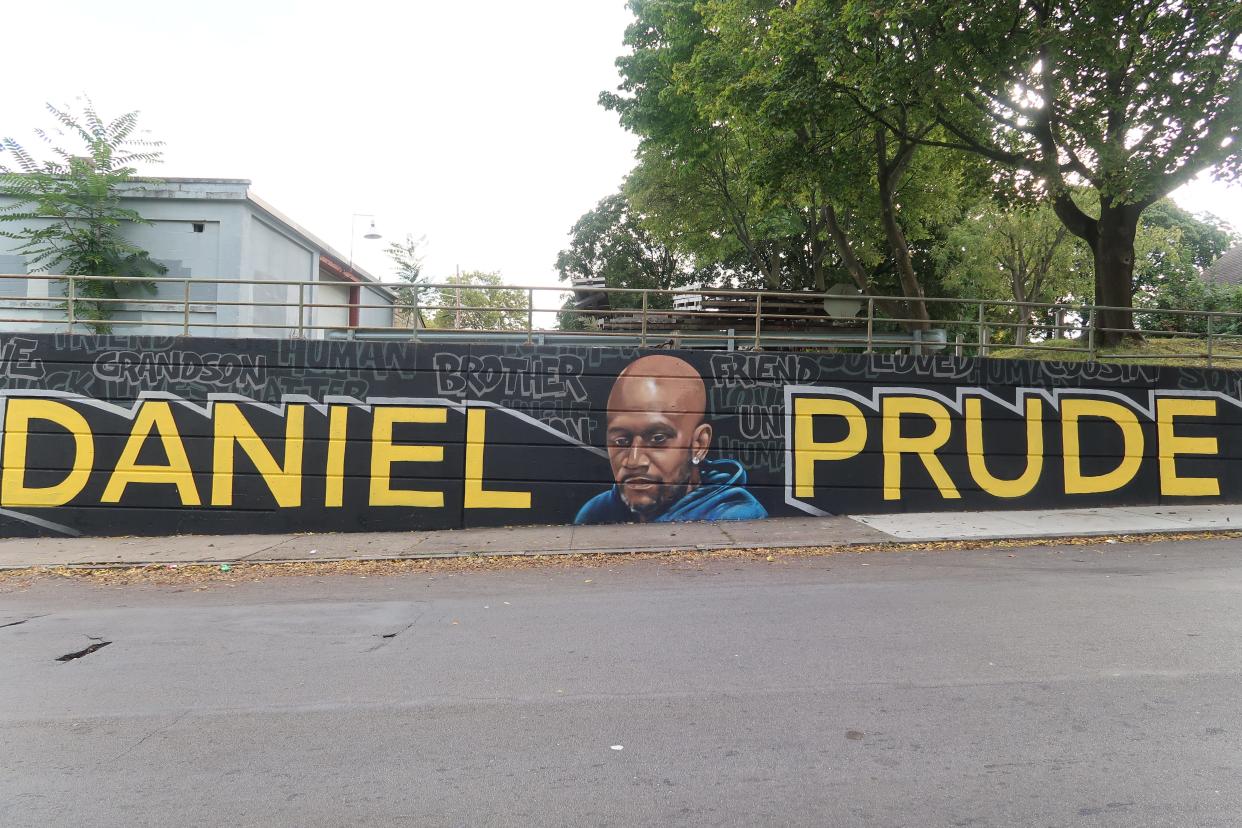
And what happened to him is often invoked in impassioned speeches everywhere from City Hall to city sidewalks. Sometimes, in just two words: Daniel Prude.
His name is enough to describe what has become a legacy of mistrust between the community and its police force.
“We might not have known Todd Novick personally, or Daniel Prude personally … but we know someone that looks like them,” Herbert said at the vigil for Novick earlier this month. “We know someone who struggled like them. We know someone loved them. It’s our responsibility to show up for these folks who couldn’t defend themselves. Because if not us, then who will?”
A few weeks after the community gathered in his name, what was left of a memorial for Novick on Murray Street was covered in a blanket of snow. Wilting roses froze together. A lantern decorated with fake pine and holly tipped over into the earth.
At least one person is grasping for permanence. They came by with a pen, etching Novick's name into a wooden beam that helps outline the barren lot ― turning the post into a gravestone of sorts.
The thin red ink fades into the coarse grain of the wood. RIP my love, it reads.
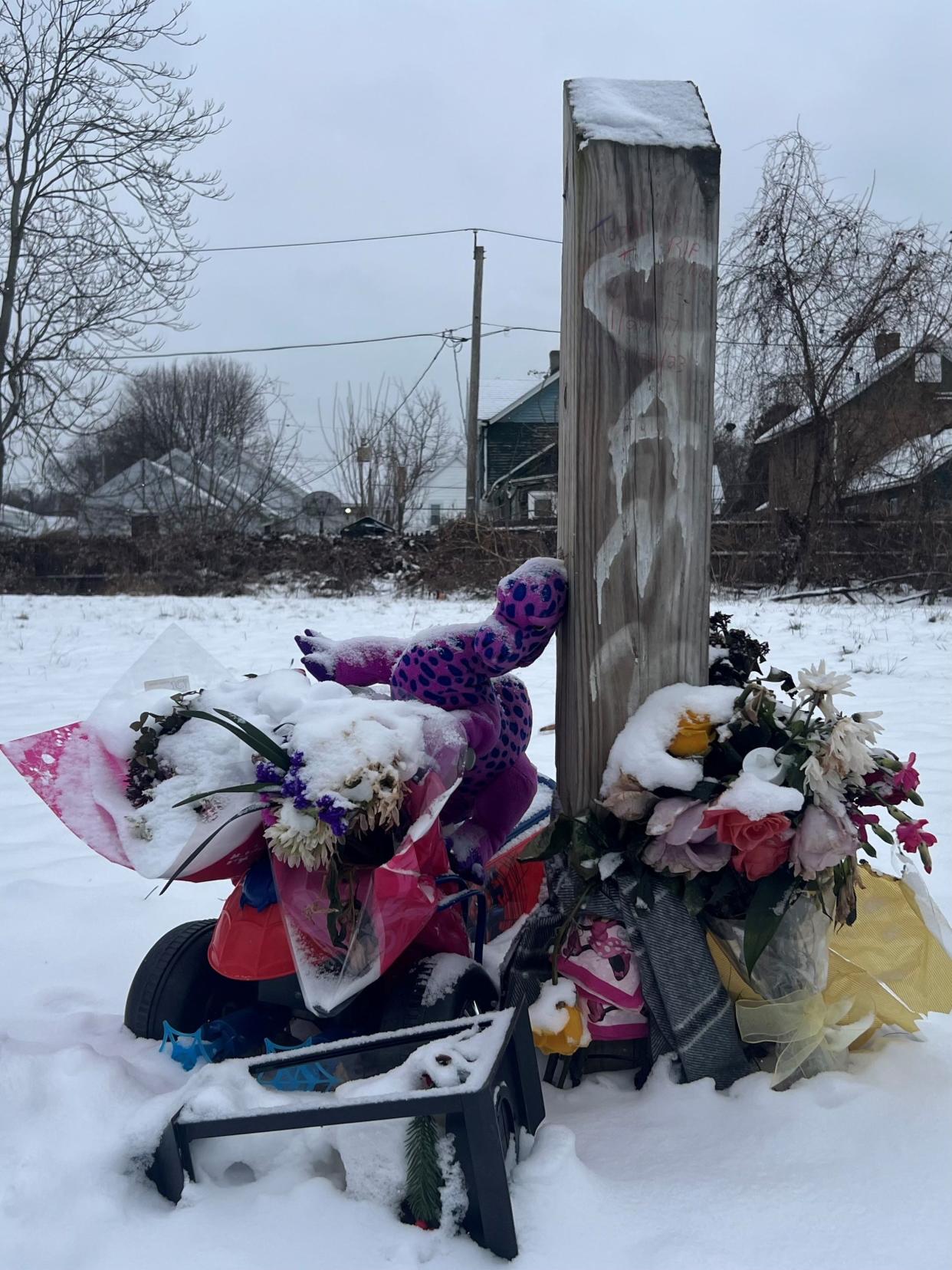
More: A Rochester police officer shot him as he ran away with a BB gun. Who was Todd Novick?
— Kayla Canne reports on community justice and safety efforts for the Democrat and Chronicle. Get in touch at kcanne@gannett.com or on Twitter @kaylacanne.
This article originally appeared on Rochester Democrat and Chronicle: Rochester NY police killings: 13 people dead since Daniel Prude
